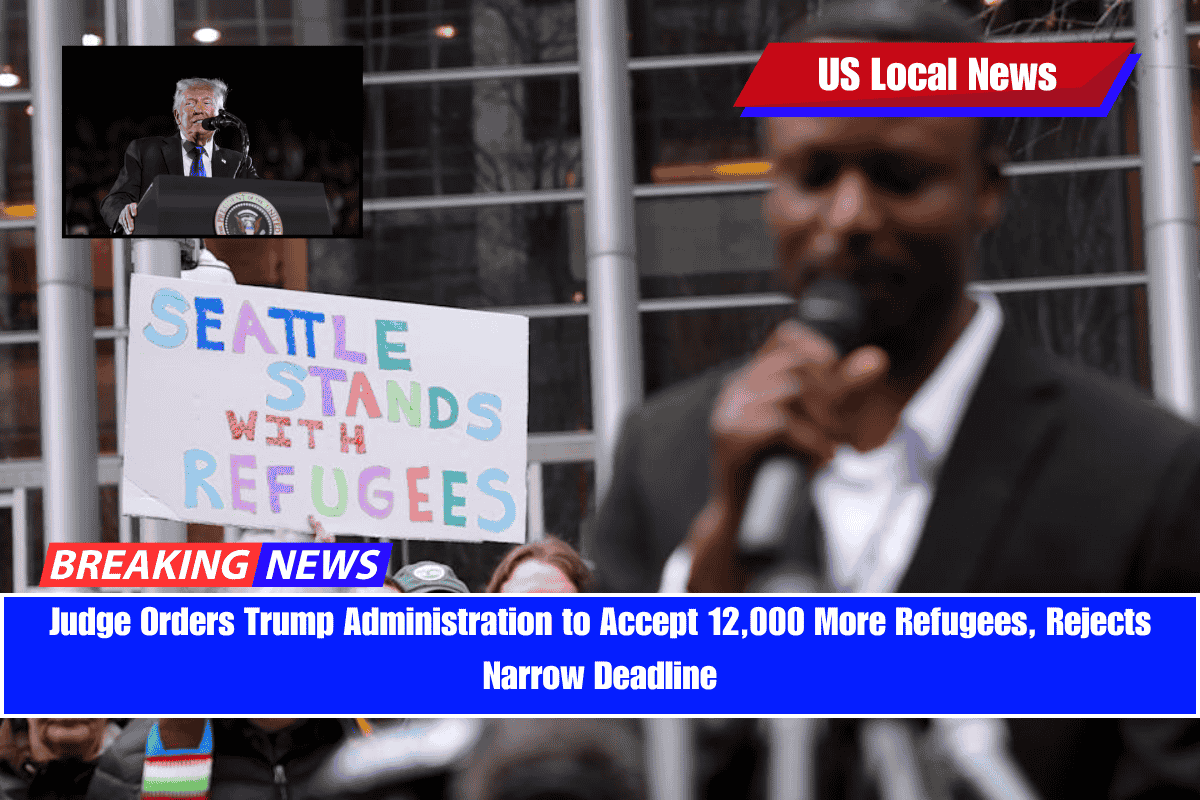A federal judge has ruled that the Trump administration must allow around 12,000 additional refugees into the United States, rejecting a government attempt to narrowly limit entry only to those who had arrived by early February 2025.
The case involves a controversial executive order issued by President Donald Trump on January 20, which indefinitely suspended the U.S. Refugee Assistance Program (USRAP). In response, faith-based refugee aid organizations filed a lawsuit, arguing that the move was illegal and unfair to those already approved for entry.
What the Court Said
The Department of Justice (DOJ) tried to argue that only 160 refugees who were actually en route to the U.S. by February 3 needed to be allowed in, based on an earlier court order. But U.S. District Judge Jamal Whitehead strongly disagreed.
“It requires not just reading between the lines, but hallucinating new text that simply is not there,” Whitehead wrote in his decision on Monday.
He added that the earlier order clearly protected any refugee who had “arranged and confirmable travel plans” by the time the executive order was signed.
What the Refugee Groups Argued
Refugee aid organizations, many of them faith-based, filed the lawsuit in February, saying that the executive order sidestepped Congress, which created the refugee program back in 1980.
The aid groups said that the U.S. Refugee Assistance Program (USRAP) is different from the general asylum process. Refugees under this program often wait for years while undergoing thorough background checks and vetting.
They argued that the Trump administration misunderstood the original court ruling by setting a two-week deadline for refugees to arrive. According to the aid groups, it was enough that travel plans were confirmed, not that the person had to be on a flight by February 3.
The Court’s Final Decision
Judge Whitehead agreed, saying that reducing the protected group from 12,000 to just 160 people was never what the 9th Circuit Court of Appeals intended.
“Had the Ninth Circuit intended to impose a two-week limitation… it would have done so explicitly,” he wrote.
This decision means the government must continue allowing entry for thousands of refugees who were approved before the ban, as long as they had valid travel plans at the time of the executive order.











Leave a Reply